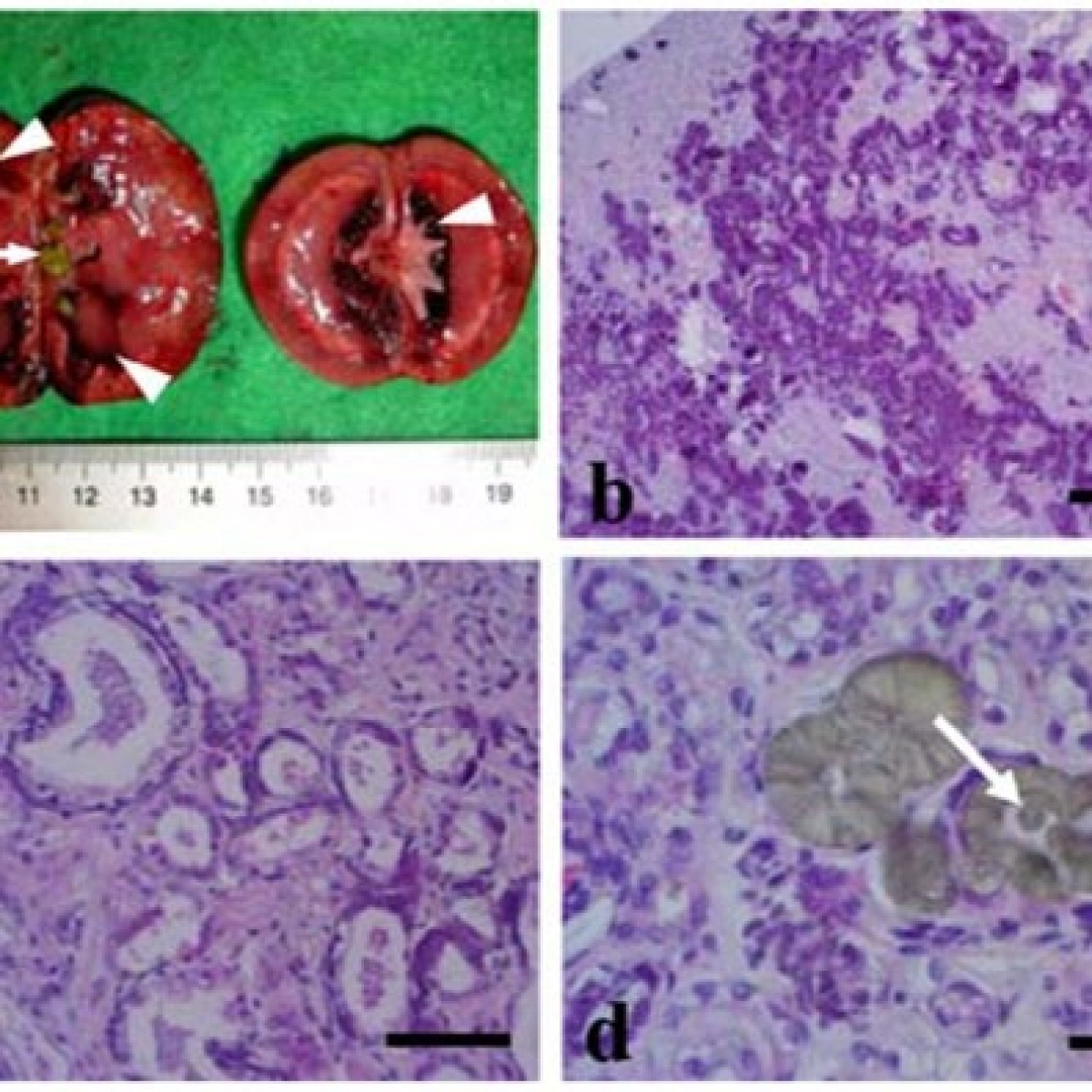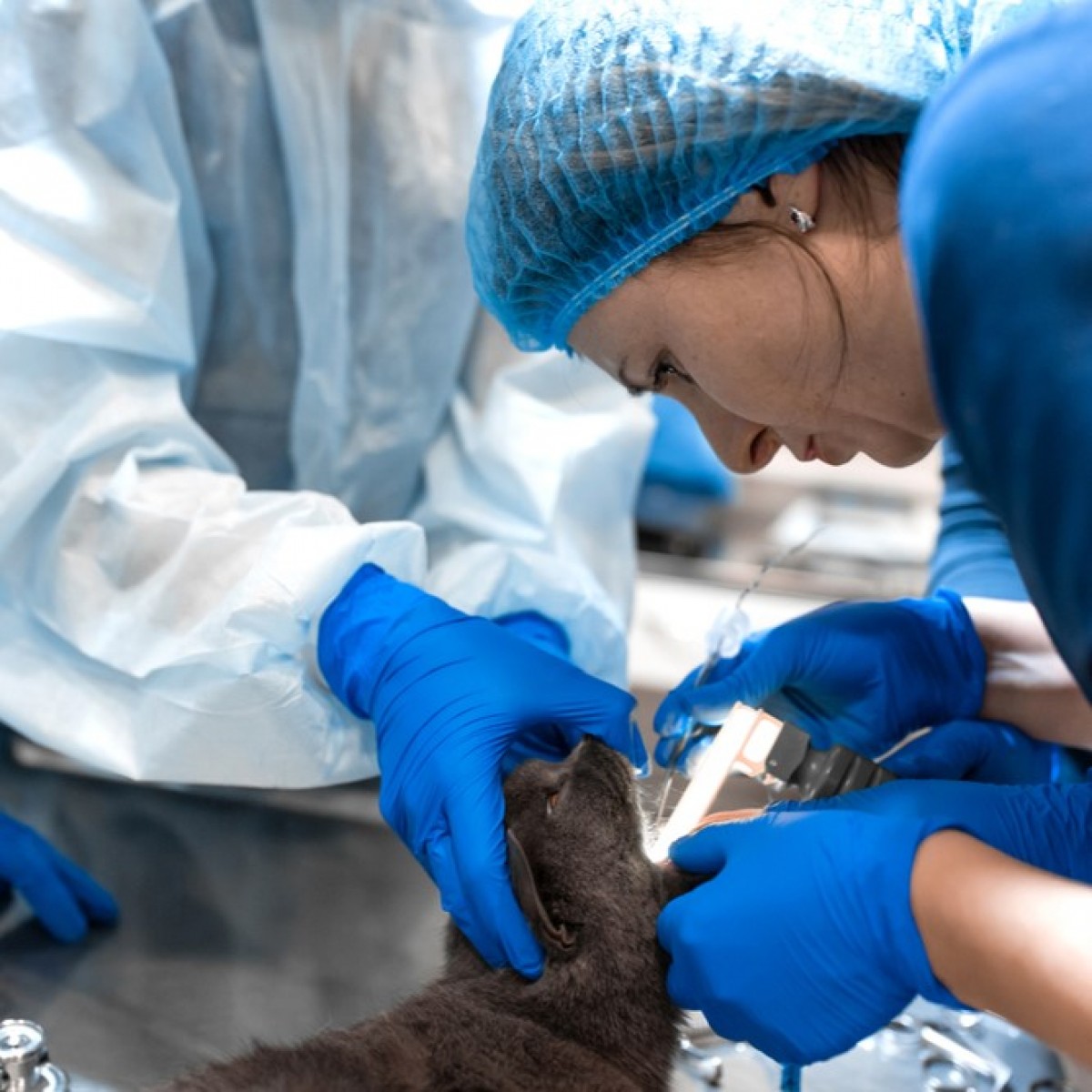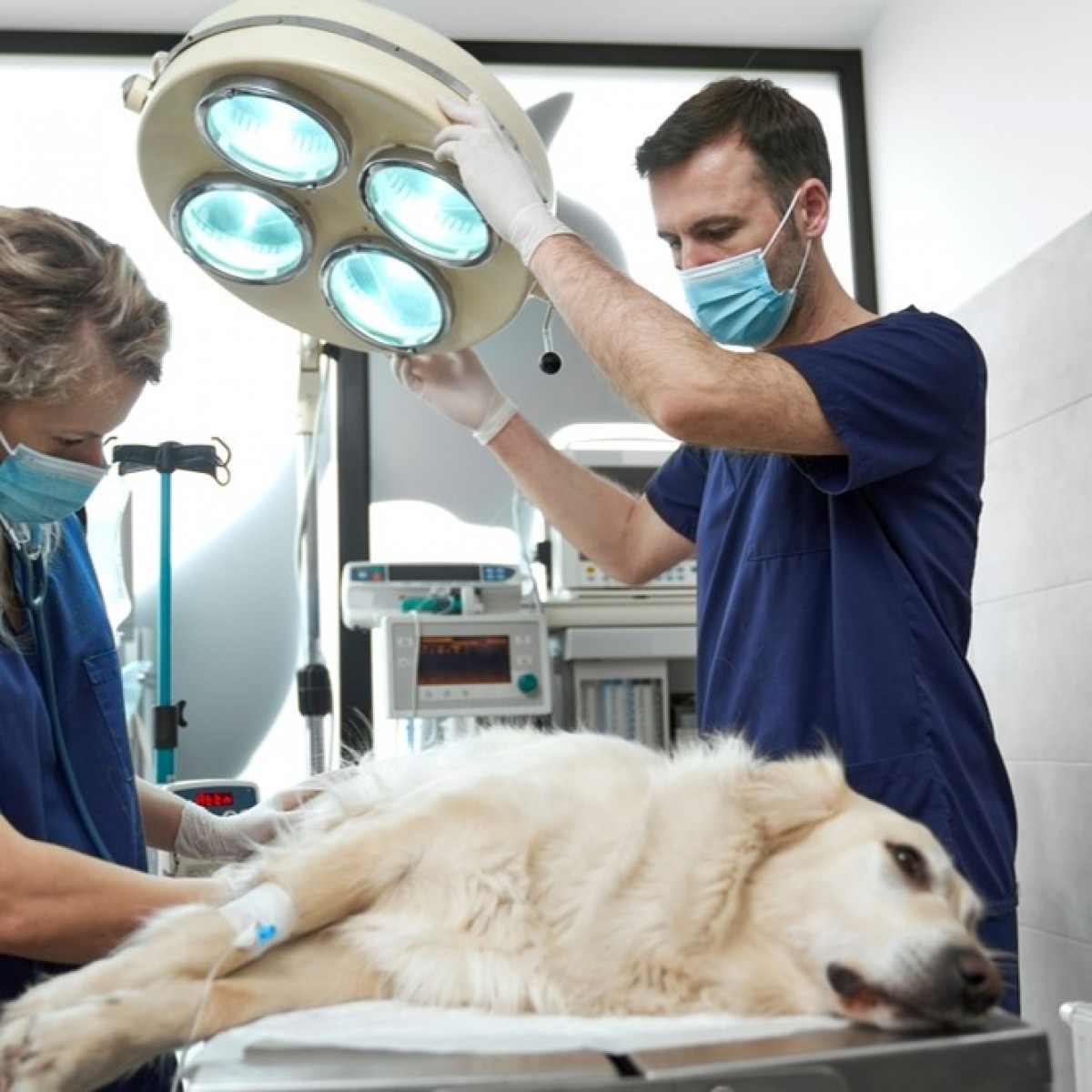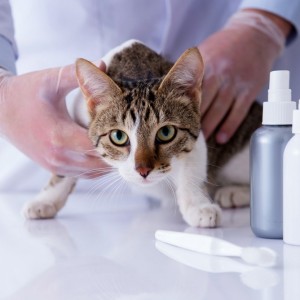Canine and Feline Eosinophilic Skin Diseases
Eosinophilic dermatosis (ED) is a histologic diagnosis rather than a clinical diagnosis. It includes a heterogeneous group of diseases that are secondary to underlying antigenic stimulation (hypersensitivity reaction) in most cases.
EDs all have one thing in common—the eosinophil. Eosinophils are phagocytic cells in the granulocyte lineage, as are neutrophils and basophils, that are produced in the bone marrow. Phagocytic cells contain granules that may or may not stain with dyes. Those cells with granules that take up acidic dyes, such as eosin, are called eosinophils. Eosinophils are involved in the inflammatory response to foreign material, especially parasites.
They are one of the major sources of inflammatory mediators associated with type I hypersensitivity reactions. An eosinophil-derived cytokine, transforming growth factor-β1 (TGFβ1) may also contribute to chronic inflammation.
Author: Paul B. Bloom
Source: https://www.vetsmall.theclinics.com/













List
Add
Please enter a comment